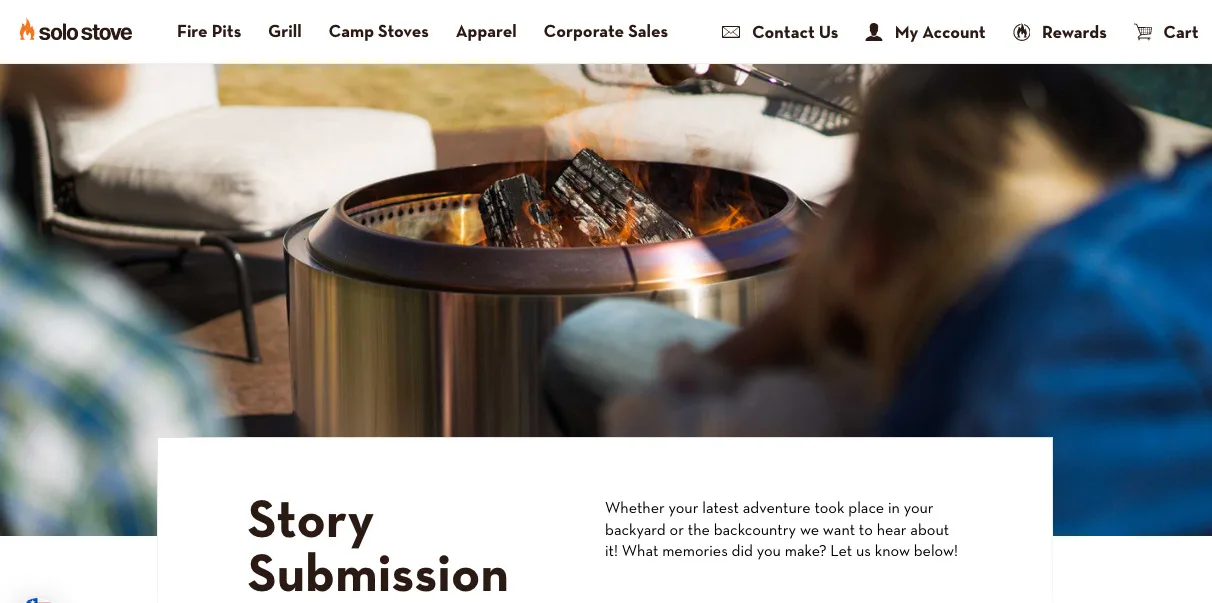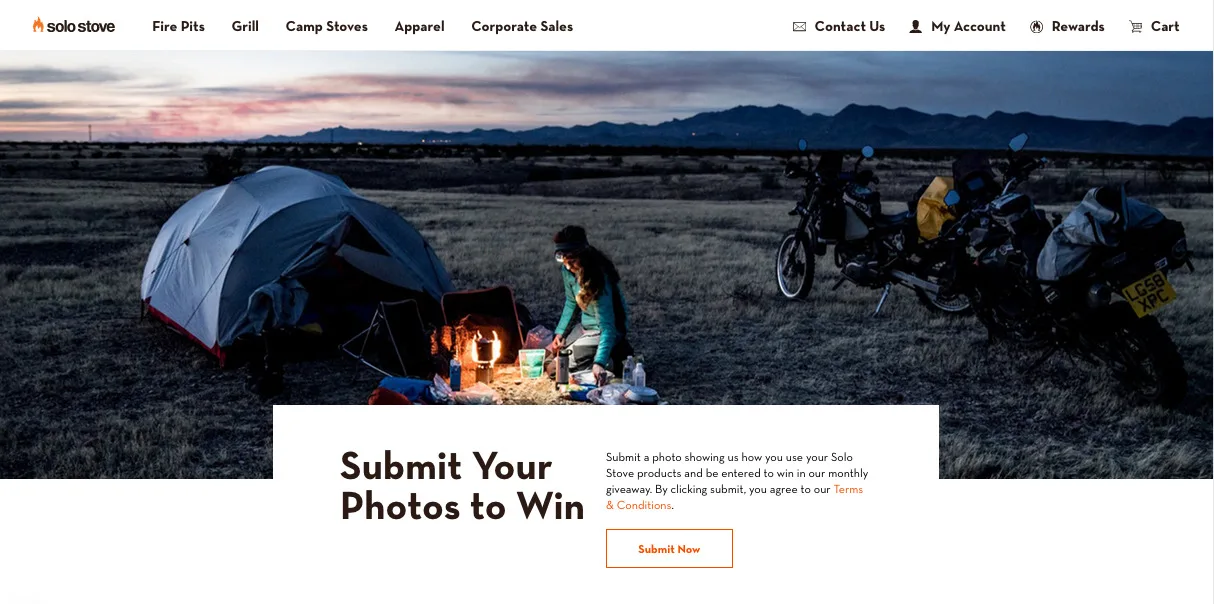5 Ecommerce Strategies for More Sales After the Holidays


5 Ecommerce Strategies for More Sales After the Holidays
Get The Print Version
Tired of scrolling? Download a PDF version for easier offline reading and sharing with coworkers.
A link to download the PDF will arrive in your inbox shortly.
Retailers get back what they put in when it comes to the holiday season. If you can keep up with the monumental demand and outshine your competitors, you’ earn enough sales for a sizable nest egg going into the new year. But what about after the holidays? Is your job done the moment the clock strikes midnight on New Years?
Even though you’re tired, the post-holiday season is still an important time for sales and customer appreciation. The trouble is that you’re not the only one who’s exhausted — your customers may want a break from shopping too. That’s why you have to alter your selling strategies in January and February to accommodate the needs of the post-holiday shopper.
5 Post-Holiday Ecommerce Strategies to Try
Below we list the 5 best strategies for increasing sales after the holidays. Start implementing them now so you don’t get caught by surprise with a “long winter.”
1. Follow-up emails.
First and foremost, you want to prioritize your email campaigns. You’ve likely acquired some new customers and subscribers during the holiday season; start contacting them immediately. Chances are they’ll still be excited about their recent purchase in January, so emailing them then will leverage that positive first impression into a more long-term relationship.
You don’t have to send them anything extravagant. A simple “Thank You” email will suffice: it shows you care, even after accepting their money. It also reminds them of the shopping experience you provided; holiday shoppers often bounce around from store to store, so your shop may have been buried in their memories, especially if it was their first time.
But what about all those visitors who never completed a purchase (likely a majority of your traffic)? For them, abandoned cart emails work well if they have any uncompleted orders. Abandoned cart emails have excellent conversion rates — according to data from Barilliance, they have a 10.7% conversion rate.
Especially for the holiday season, shoppers tend to abandon purchases if they can’t afford it, find a better deal elsewhere or just simply get distracted by everything going on during those weeks. Abandoned cart emails are a gentle way to remind them, and since a lot of shoppers receive cash over the holidays, some will be able to pay for orders they couldn’t have before.

S_ource_: Really Good Emails
2. New sales and promotions.
Our next suggestion is similar to the strategies implemented during and before the holidays: offer timely sales and promotions on the most in-demand products.
Of course, which products you discount and by how much are subject to change. A customer’s mindset can change after the holidays, so your sales and promotions should reflect that change.
For one thing, you’ll want to clear out any unused inventory. It’s always hard to predict what your best-sellers will be before the holiday season, and it’s better to err on the side of too much than too little. Even the most seasoned retailers can overestimate their needs, and you don’t want hard-to-sell inventory clogging up your warehouses and adding to your overhead costs.
Your first promotion should be aimed at getting rid of your unsold holiday stock. This is a pretty standard practice in retail, and customers have come to expect it — a lot of shoppers even hold out on buying gifts for themselves until after the holiday rush, waiting for sales just like we describe here.
For this reason, you’ll also want to focus less on gift products and more on individual products. Keep in mind that after the holiday season, many people concentrate on their New Year’s resolutions, as such products for self-improvement like exercise equipment or how-to books might be great to sell.
But in any season, holidays or not, it’s good to have contests and promotions that your shoppers can participate in directly. For example, Solo Stove — who sell fire pits, grills and other such outdoor equipment — have an ongoing contest for customer stories and photos of their outdoor adventures. This isn’t about generating more sales per se, but it does wonders for building a community and strengthening their brand image as an authority on outdoor gatherings.


3. Analyze sales data.
Not all of your post-holiday sales strategies are new techniques and proactive campaigns. One of the smartest things you can do after the holiday seasons is reflect on the year and reevaluate your operations. And the answers you’re looking for are almost always hidden in your sales data.
The holiday season doesn’t just bring in a bunch of new shoppers and sales, it also generates a lot of sales data. You can see, in no uncertain terms, which products were the most desired, which marketing campaigns produced the most leads and which promotions got the most attention. You can use these statistics to make better, more informed business decisions going forward.
You improve the performance of specific products. Say you’re getting a lot of traffic on one particular individual product page, but not a lot of sales. This can mean that there’s adequate demand for the product, but something else is getting in the way — maybe the sales price is too high, or the shipping price, or you don’t offer the right color choice.
Just be careful about which analytics you listen to. For example, one common mistake when evaluating your marketing campaigns is to focus solely on traffic when a more telling statistic is conversions.
Think about it: if you get 1,000 visitors from your Facebook ad, but only 5 of them actually complete a purchase, that’s not good. However, if your Twitter ad only brought in 100 visitors, but 20 of them purchased, that’s an excellent conversion rate. It seems your Twitter ad landed in your target audience, whereas your Facebook ad wasted views on shoppers who just weren’t a match.
4. Segment customers.
The other use of analytics is in customer data. Although not as easy to cultivate as sales data, customer data can help you understand which demographics enjoy your products the most, as well as section-off some particularly problematic customers.
The practice of grouping your customers based on commonalities is called “segmentation.” Based on the abundant customer data you’ve collected over the busy holiday shopping season, you can more accurately sort customers in a way that lets you improve communication with them.
For example, if you have a group of customers who always buy electronics, you can segment them and send them a special email with only electronics products. If you have a group of customers who are teenagers, you can send them messages with more casual language and youth-oriented products.
Segmenting customers can work both ways, as well. There are certain customers who tend to return products over and over again, no matter what. If you can isolate these customers from the data, you can essentially “cut them off” from news about sales and promotions, or ban them from your store altogether. You’ll never know until you check the numbers.
5. Encourage exchanges over returns.
Last, don’t forget about the biggest problem with the post-holiday season: returns. Nothing kills your holiday cheer faster than the wave of returns following the season, and you can never quite trust your early sales data until all the returns are processed.
There are some expert strategies on preventing returns, but most of them require preparations before the holiday season even started. If you’re reading this after the start of the holiday season, it may be too late to change your returns policy or update your reverse shipping logistics. But you’re not completely helpless.
Your best bet is to have your customer service team encourage exchanges over returns. For starters, you’ll need actual staff to process returns, rather than an automated or third-party service.
Once you have your team ready, train them in the top techniques to win over even the most irate customer. The best customer service techniques have been discussed before, so review them again if you’re unfamiliar. As soon as your staff can speak to customers on their level, the customers may be more open to suggestions, possibly changing their return to an exchange, a win-win compromise that benefits both parties.
This works even better when you give in a little; look at how Burrow offers the first exchange for free, framing it as a concession so that the customers feel they’ve gotten the better deal.

Wrapping Up
True, the holiday sales spike only happens once a year, but with the right planning and preparations, you can at least make the party last longer. The post-holiday season isn’t the shopping apocalypse it may seem — a lot of people just received cash gifts and want to spend them as soon as possible. Tap into this often-ignored sales period to squeeze every last drop out of retailers’ “most wonderful time of the year.”

Liz Pekarek is head of marketing at ecomdash. Ecomdash is an inventory and order management software for online retailers. They focus on providing small to medium-sized businesses with actionable tips and strategies for building a lucrative ecommerce business. When Liz isn’t working, she loves to try new restaurants, travel the world, and cuddle with her dog, Max.